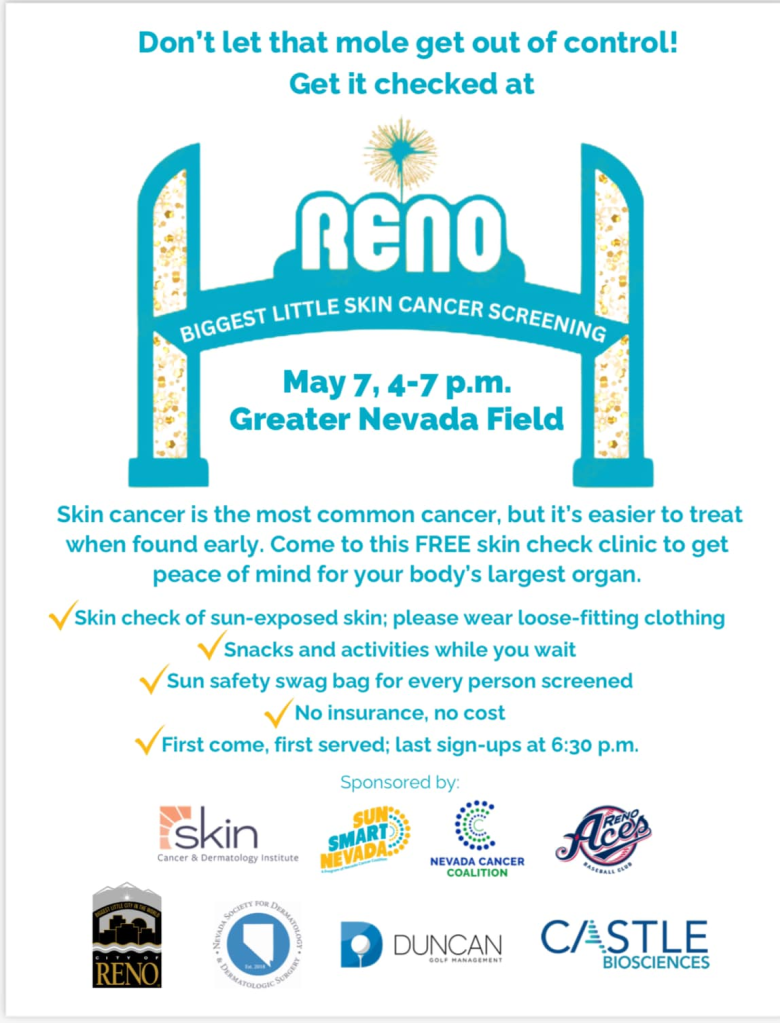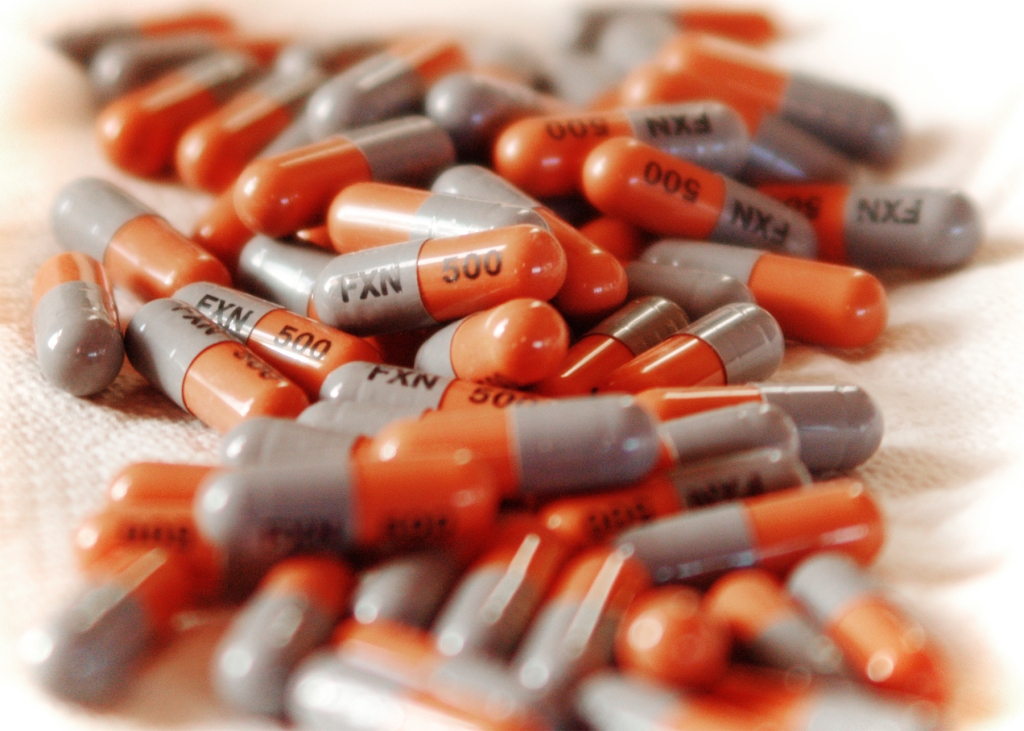 Hello, I am Leslie Greenberg. I am a family physician in Reno, Nevada. I attended Northwestern University in Chicago, then University of Nevada School of Medicine. I relocated back to my hometown in 2015. I trained and practiced medicine in the Midwest (Indiana and Kansas) for 20 years before moving back West. I consider myself a teacher and educator. I have taught 400 + family medicine residents (and countless medical students), over nearly 25 years. I currently teach at the family medicine residency program in Reno and also see private patients. I care for newborns through elderly patients in both the hospital and office. I love to do procedures: skin biopsies, circumcisions, IUD insertion/removals, paps, colposocopies, and toenail removals. I invite you to read my blog. If you would like to become a patient, please call 775-982-1000.
Hello, I am Leslie Greenberg. I am a family physician in Reno, Nevada. I attended Northwestern University in Chicago, then University of Nevada School of Medicine. I relocated back to my hometown in 2015. I trained and practiced medicine in the Midwest (Indiana and Kansas) for 20 years before moving back West. I consider myself a teacher and educator. I have taught 400 + family medicine residents (and countless medical students), over nearly 25 years. I currently teach at the family medicine residency program in Reno and also see private patients. I care for newborns through elderly patients in both the hospital and office. I love to do procedures: skin biopsies, circumcisions, IUD insertion/removals, paps, colposocopies, and toenail removals. I invite you to read my blog. If you would like to become a patient, please call 775-982-1000.
Medical Disclaimer
Please remember that medical information provided by myself, in the absence of a visit with a health care professional, must be considered an educational service only. This blog should not be relied upon as a medical judgement and does not replace a physician’s independent judgement about the appropriateness or risks of a procedure or condition for a given patient. I will do my best to provide you with information that may help you make your own health care decisions.










You must be logged in to post a comment.